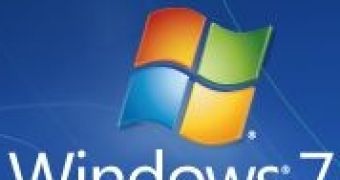With the advent of Windows 7 and Windows Server 2008 R2, Microsoft introduced native support for the virtualization technology. With it came native boot from VHD (virtual hard disk). Essentially, Windows 7 and Windows Server 2008 R2 can both boot as guest operating systems installed in a virtual machine as opposite to being deployed on the actual physical drive. However, Microsoft is warning customers using native-boot VHD that oversized dynamic virtual hard disks will crash the computer rather than launch the operating system.
“When you try to perform a native boot from a virtual hard disk (VHD), the operation fails, and you receive the following Stop error message: ‘A problem has been detected and Windows has been shut down to prevent damage to your computer. An initialization failure occurred while attempting to boot from a VHD. The volume that hosts the VHD does not have enough free space to expand the VHD. Stop: 0x00000136 (0x00000000, 0xc0000007f, 0x000000, 0x000000).’ The second parameter of the bug check is ‘0xc000007f - STATUS_DISK_FULL,’” Microsoft explained.
According to the Redmond company, the exception noted above only happens if the VHD used for native boot has been configured as a dynamically expanding virtual hard disk. At the same time, another factor also contributes to the crash. The software giant explained that, for every native boot, dynamically expanding VHDs needed to grow to their maximum size. In the eventuality in which there is simply insufficient space to sustain the expansion of the VHD, the Stop error will occur and the computer will crash.
“To resolve this issue, free up sufficient space on the volume that hosts the VHD so that the VHD can expand to its full size. If the dynamically expanding VHD is larger than the capacity of the volume, you must re-create the VHD as a fixed-size VHD at the appropriate size,” Microsoft stated.
Only select editions of Windows client and server support native boot from VHD, including Windows Server 2008 R2 Enterprise, Windows Server 2008 R2 Standard, Windows Server 2008 R2 Datacenter, Windows 7 Enterprise, Windows 7 Ultimate and Windows 7 Professional.

 14 DAY TRIAL //
14 DAY TRIAL //